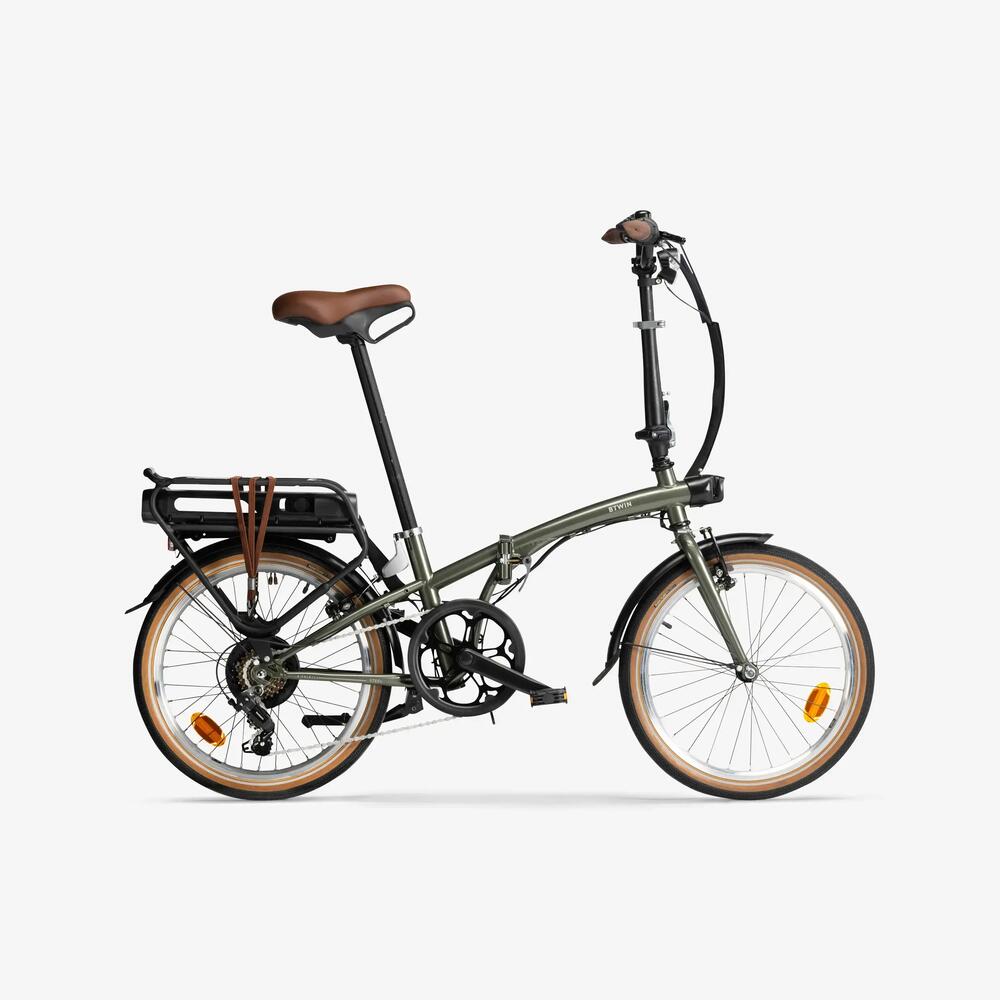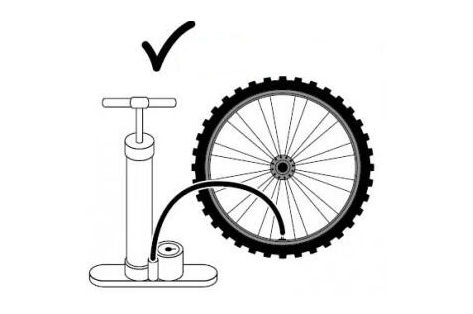GETTING STARTED WITH YOUR BIKE
Take delivery, unpack it, and off you go!
Find the answers to all of the questions you might have the first time you use your bike.
Ready to head out on your bike for the very first time? Before you step outside, there are a few bits and pieces to check ;)
Here's our guide to getting started:





